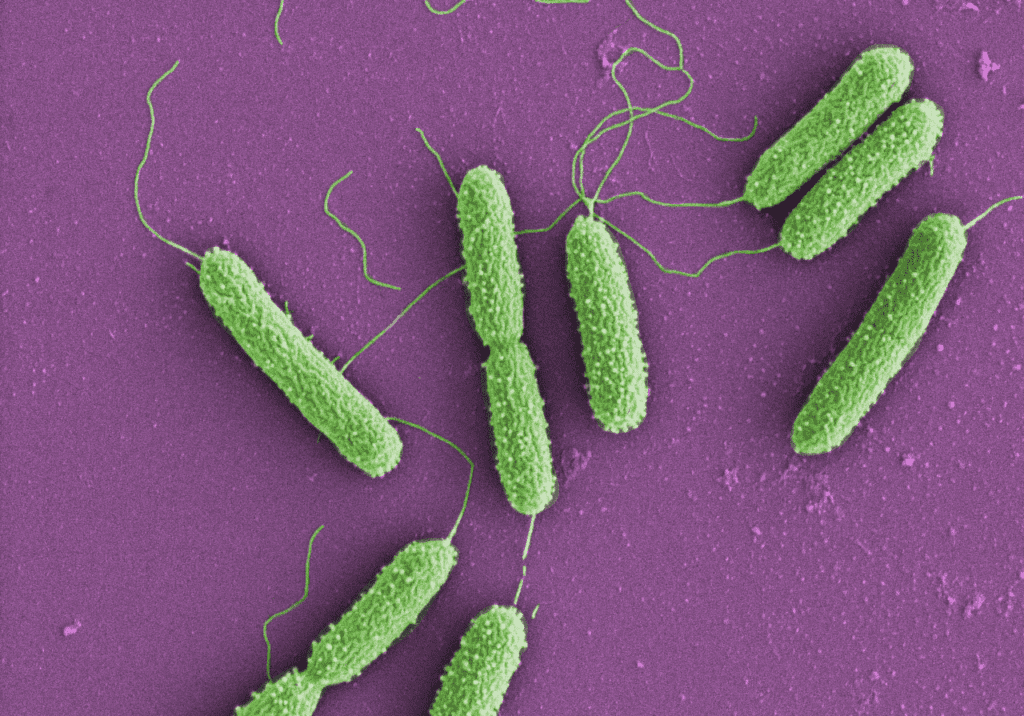Superbugs threaten global health: New diagnostics as a beacon of hope
The spread of multi-resistant bacteria is plunging medicine into a crisis worldwide. Experts predict that the number of victims of this “silent pandemic” could return to the time before the discovery of penicillin by 2028 ŌĆō with costs in the three-digit billion range. The World Health Organization (WHO) sees this as one of the greatest threats to global health. Empa researchers are working with clinical partners on innovative diagnostic tools to detect resistant superbugs more quickly and enable tailor-made therapies.

The development of resistance is fueled by the hasty use of antibiotics without prior diagnosis of the pathogen. In emergencies, doctors often refrain from time-consuming laboratory tests, which can result in ineffective treatments and further resistance. This is where Empa comes in: With sensors and new methods, diagnostics are to be shortened from hours to minutes.
Glowing sensor for pneumonia
Multi-resistant germs such as Klebsiella pneumoniae are particularly common in nosocomial infections such as pneumonia. Empa researcher Giorgia Giovannini is working with the Cantonal Hospital of St. Gallen to develop a fluorescent sensor that reacts to the enzyme urease produced by these bacteria. In the “Doorstep” project, Urease breaks down polymer particles, releasing a dye that glows under light. With a throat swab or sputum sample, the diagnosis could take hours instead of days.
Warning plaster for wound infections
Infected wounds are also a breeding ground for resistant germs such as Staphylococcus aureus. A team led by Luciano Boesel and Giorgia Giovannini is working on a multi-sensor array with silica nanoparticles in a hydrogel. The association indicates changes in the acid-base balance and warns by glowing under UV light when resistant bacteria produce the enzyme beta-lactamase. The project, which is supported by the Cantonal Hospital of St. Gallen and funded by several foundations, promises a fast, cost-effective diagnosis directly on the patient.
Magnetic germ hunt in urine
For Pseudomonas aeruginosa, a pathogen that causes urinary tract infections, Empa and ETH Zurich have developed a method using magnetic nanoparticles. These bind specifically to the bacteria and “fish” them out of urine samples. A chemiluminescence test then checks the antibiotic sensitivity in just 30 minutes: If the sample lights up, resistant germs are present; if it remains dark, the antibiotics work. “This saves days compared to classical cultures,” explains Qun Ren from Empa’s Biointerfaces Laboratory.
Fight against the silent pandemic
The WHO classifies antibiotic resistance as a priority ŌĆō in 2019 it was linked to five million deaths. Empa is pooling its strengths in the “Research Booster Antibiotic Resistance” to advance diagnostics, therapy and prevention. With projects like these, superbugs could be stopped more quickly in the future ŌĆō a glimmer of hope in a worsening crisis.
Original Papers:
F Pan, S Altenried, S Scheibler, AHC Anthis, Q Ren; Specific capture of Pseudomonas aeruginosa for rapid detection of antimicrobial resistance in urinary tract infections; Biosensors and Bioelectronics (2023); doi: 10.1016/j.bios.2022.114962
WC Albrich, CR Kahlert, S Nigg, LF Boesel, and G Giovannini; Fluorescent Probe for the pH-Independent Rapid and Sensitive Direct Detection of Urease-Producing Bacteria; Analytical Chemistry (2024); doi: 10.1021/acs.analchem.4c05182
Editor: X-Press Journalistenb├╝ro GbR
Gender Notice. The personal designations used in this text always refer equally to female, male and diverse persons. Double/triple naming and gendered designations are used for better readability. ected.




